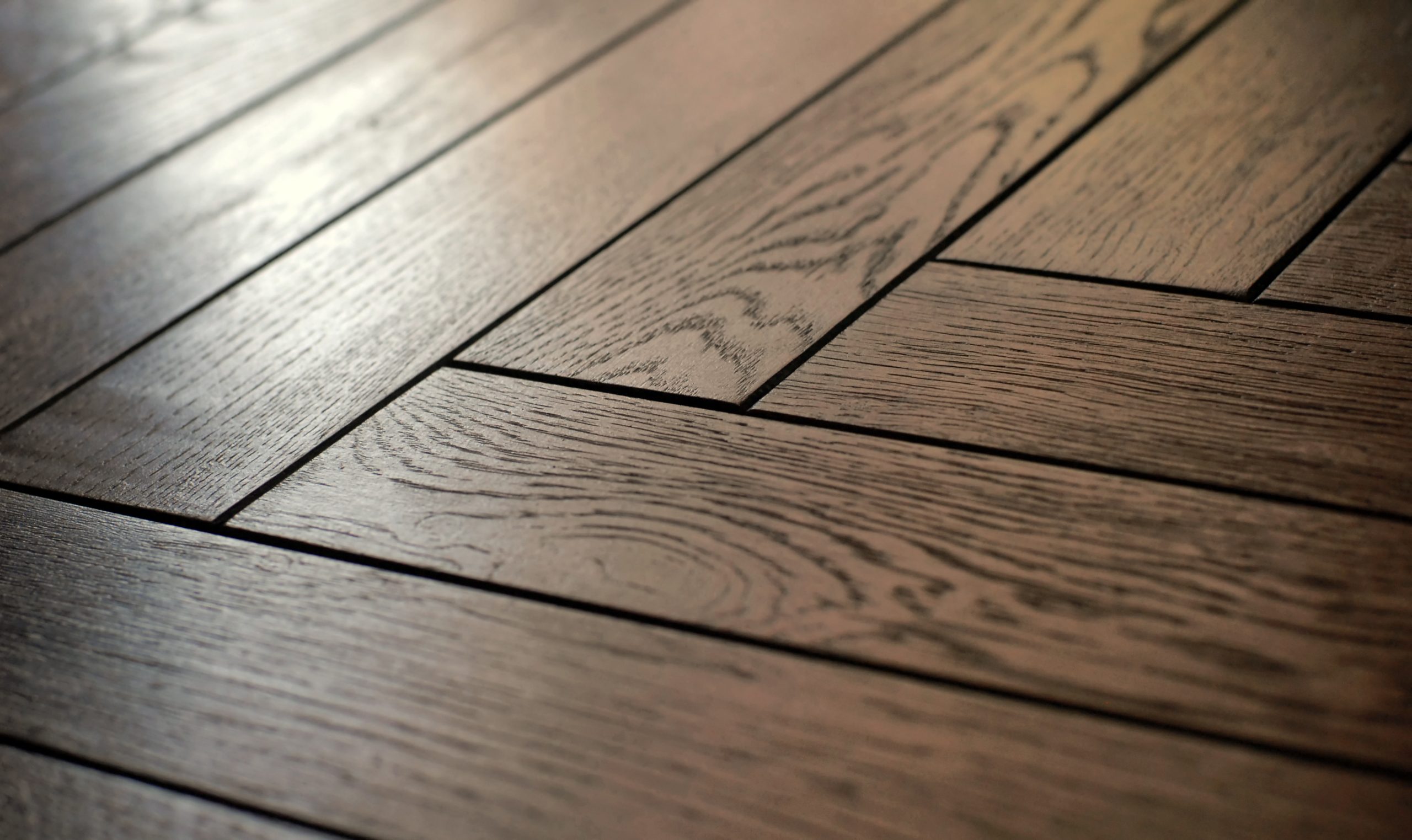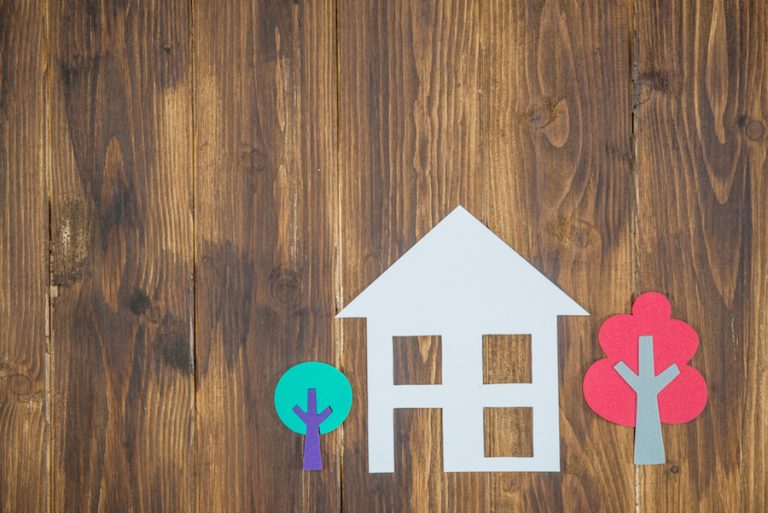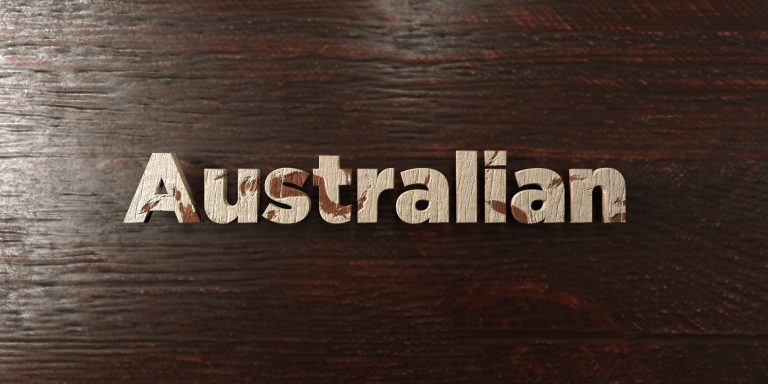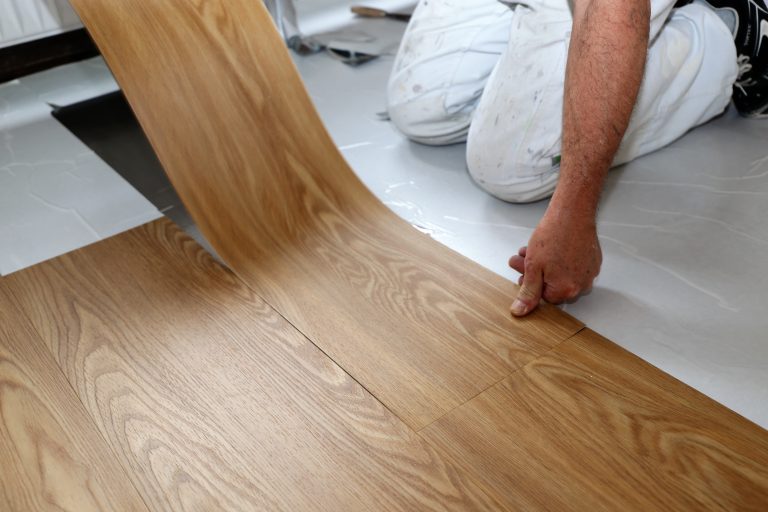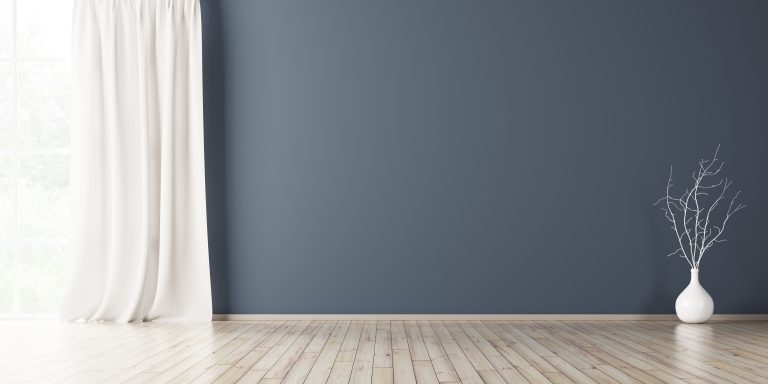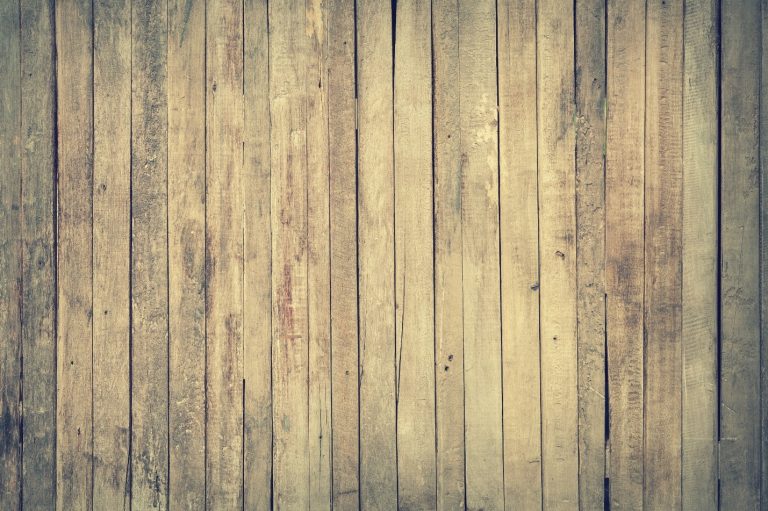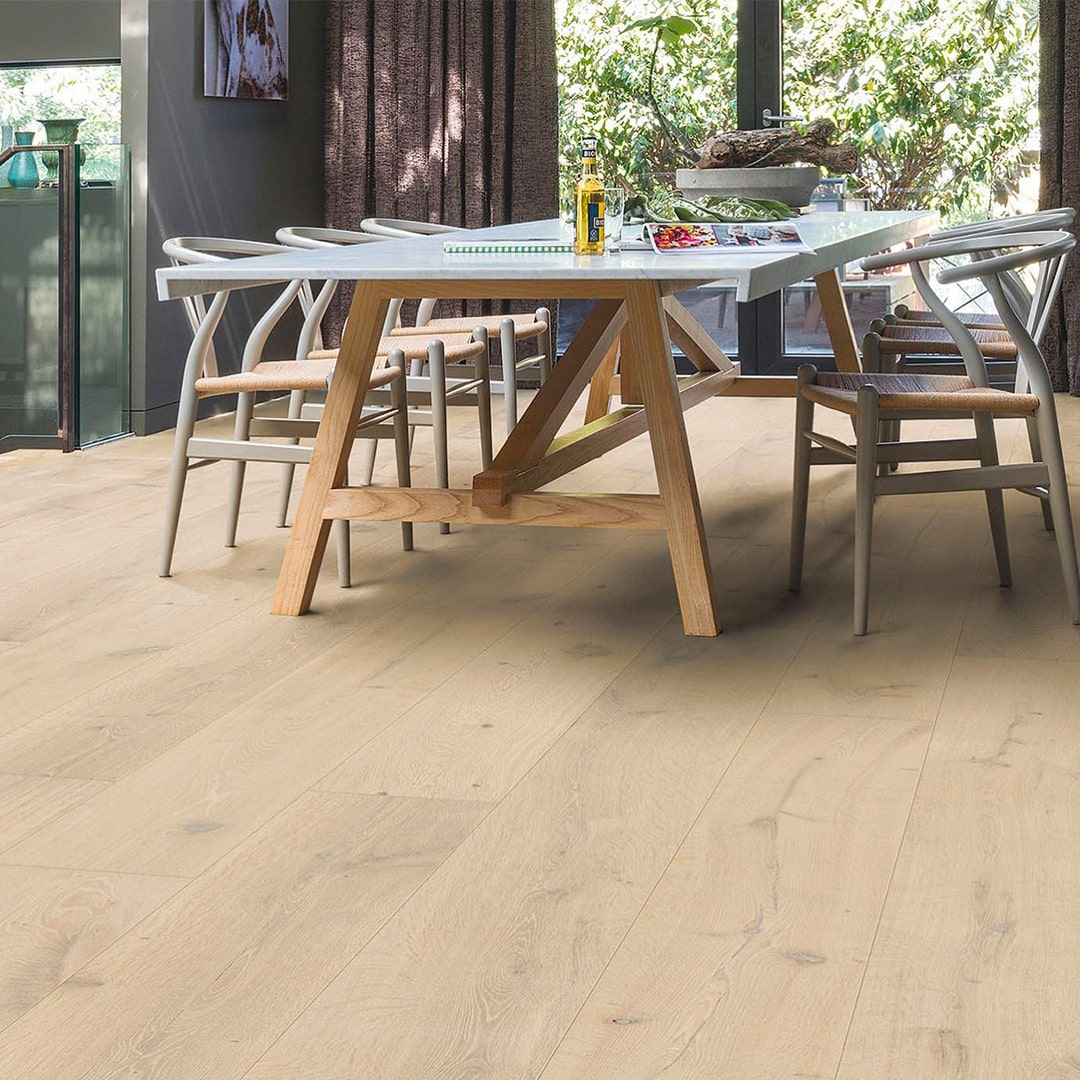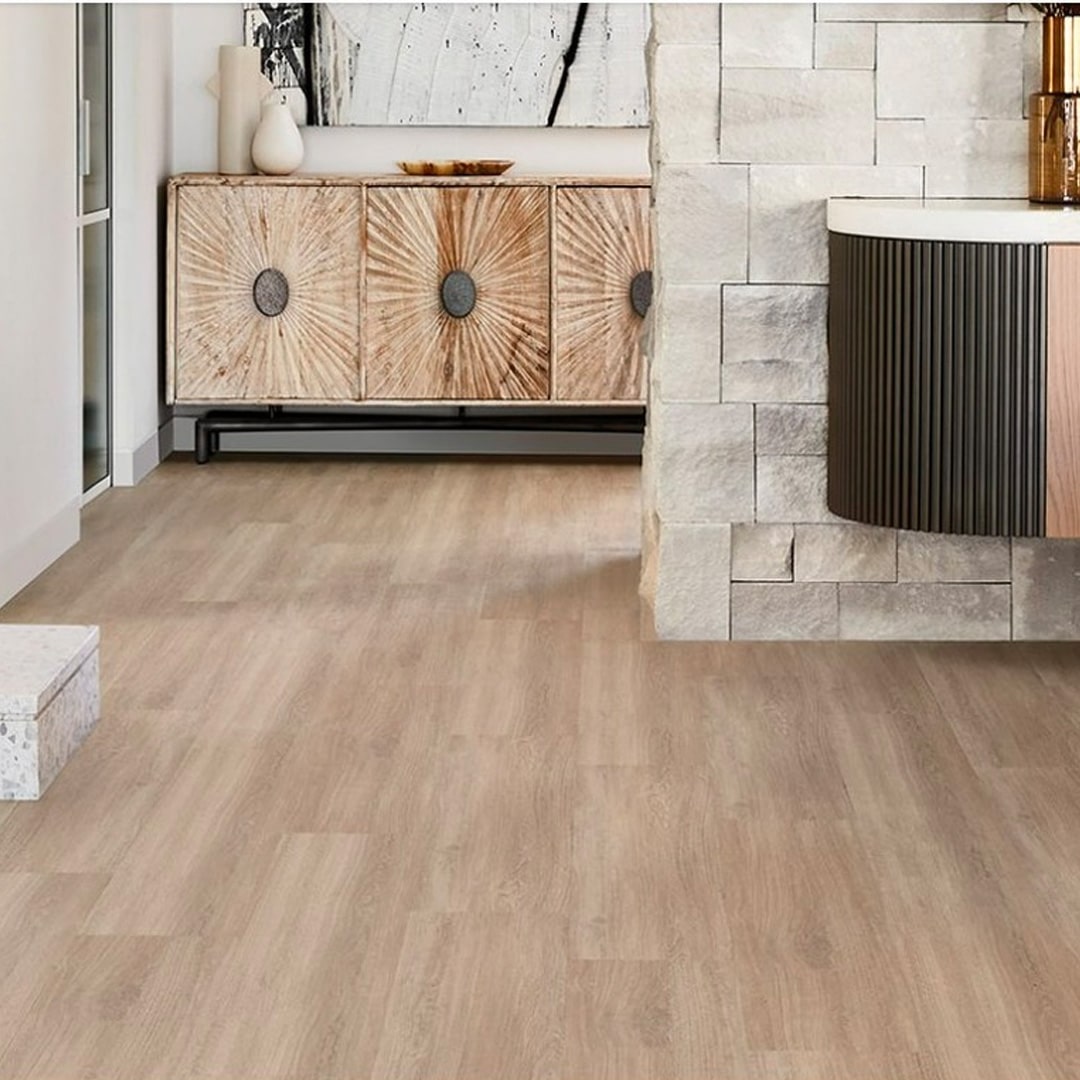A Guide to Parquetry Flooring
Are you thinking about installing parquetry flooring? This type of flooring was invented in the late 17th century but people today recognise it as herringbone. Since its comeback, it has so much more to offer than it used to. Here is a guide to this unique flooring choice.
Patterns
Parquetry flooring is all about geometric patterns that put a twist on the straight line for a decorative and visually appealing design. While herringbone is the most popular with its zigzag pattern, there are also the following:
There are other variations such as double basketweave, mansion weave, square on square, as well as custom options including stars, lozenges, triangles and circles. You can choose from laying the angular patterns square or diagonal to the walls for maximum creative flair. The main appeal of parquetry flooring is, after all, its variety of patterns.
Designs
The updated flooring from the 60s and 70s uses thick hardwood planks over thin tiles for durability and modernity. Parquetry flooring now incorporates the following:
- Australian hardwoods such as maple, oak, cherry, walnut, or lime timber
- Pine (a softwood)
- Bamboo
You can choose from one timber or mix several in your pattern. Both imported and Australian timbers accept stains and finishes but Australian species cannot be lime or grey washed. You can alternately choose reclaimed parquet flooring to have a naturally distressed look.
Three different designs of parquetry flooring exist: block, mosaic and engineered.
Block parquetry flooring comes in blocks, which are directly glued to timber or concrete floors. They are then sanded and polished after they’ve cured. This is better known as overlay parquetry.
Mosaic parquetry differs in that it uses very small blocks or strips (also called “fingers”) cut from planks and pre-made into sheets according to the pattern of your choice. Alternately, the pieces can be cut across the growth rings of the tree for even more strength and uniqueness. You can fix any damaged areas of your flooring with mosaic parquetry by simply replacing the affected pieces. In fact, it was invented specifically for the purpose of covering up flaws in marble flooring.
Finally, engineered parquetry flooring consists of several layers of engineered wood overlaid with solid wood. The overlay is usually hardwood, giving it the same look as solid block parquetry. Its core board contains bonded layers of plywood. Engineering makes it more moisture and heat-resistant than natural or non-engineered parquetry flooring.
You can find parquetry flooring in the three grades:
- Prime: the highest quality without knots or sapwood
- Select: containing a few knots and a little sapwood
- Rustic: the most natural and knotty look
Affordability and longevity
Parquetry flooring can suit any budget. The more cost-effective has a basic pattern with large fingers. It is worth investing in a custom pattern if you want an original look in your home.
As simple and strong as hardwood, parquetry flooring needs only a little maintenance. You would clean it the same way as you would with hardwood flooring, with a vacuum cleaner or damp (not wet) mop. It won’t need deep cleaning, repairs or replacement if you maintain it properly, just sanding and resealing to restore it and protect against moisture. The stability comes from its multiple parts of joints and grain directions. It’s wonderful for heavy-traffic areas like entranceways, halls and steps.
Reclaimed wood contains old growth timber and so is the most durable. It’s expensive but you can obtain it on a budget if you choose a softwood such as pine for medium-traffic areas. Part of the charm is that dents will easily show up and the surface will wear more quickly, giving it a distressed look that some people pay professionals to create, You can make it last for years with a few coats of polyurethane.
To learn more about our flooring options, contact us.

